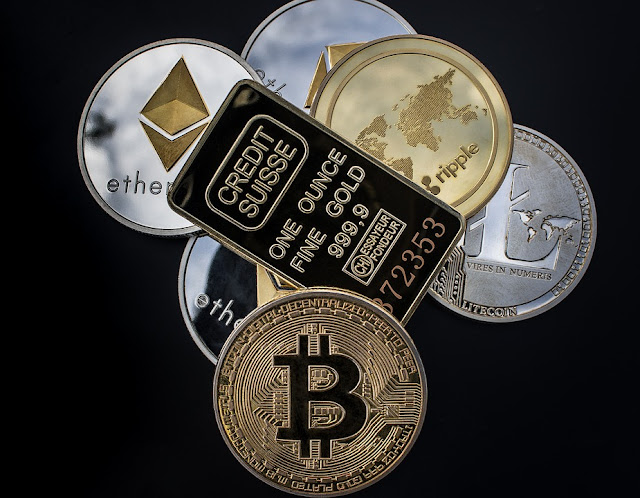The world has started to treat computerized monetary forms progressively, as though they are simply genuine monetary standards, as they are traded and theorized on, and their worth shifts each period. Bitcoin was dispatched as the primary advanced cash in 2009, then, at that point a huge number of other computerized monetary standards, known as altcoins, were dispatched. However, in all actuality there are more kinds of computerized monetary standards.
Many types of digital currencies
Bitcoin :
The first coin, and the biggest (at present) by market capitalization. It was dispatched in 2009 by Satoshi Nakamoto, the pen name the baffling individual or gathering it made, to get installments over a distributed organization. It means to wipe out the requirement for a confided in outsider.
Bitcoin Cash :
Bitcoin Cash is an independent computerized money, made as a branch of Bitcoin in August 2017 by Hard Fork. This was because of the lull in bitcoin's exchange speed and the organization's failure to arrive at agreement on proposed updates. The greatest square size for Bitcoin Cash is 8MB, contrasted with 1MB for Bitcoin, which permits it to handle more exchanges each second.
RippleNet :
Wave is a computerized cash that upholds an installment network called RippleNet. They are utilized by significant banks and monetary establishments including Santander and American Express. Wave works uniquely in contrast to other computerized monetary standards, which has driven some to scrutinize its certifications as an advanced cash.
STELLER :
An installment network that works along these lines to RippleNet and can deal with exchanges in various monetary standards. It is supported by a digital money called Lumens (XLM). Lumens can be utilized for installment on the organization however it likewise assumes a part in the battle against spam, as every exchange requires the installment of a little exchange expense in advanced cash.
ether :
Ether is the computerized cash of the Ethereum organization, which empowers clients to code and issue their own decentralized applications, making "shrewd" gets that consequently authorize their terms. Modest quantities of ether are squandered during exchange handling, which keeps programmers from sending undesirable messages to the organization.
Litecoin:
Litecoin is intended to shape what is classified "Bitcoin silver against gold," as indicated by its author Charlie Lee. Similarly as the stockpile of silver surpasses the inventory of gold, the most extreme stockpile of Litecoin of 84 million coins is multiple times the stock of Bitcoin. There are likewise some essential mechanical contrasts between the two.
EOS:
EOS is the cryptographic money for EOS.IO, a blockchain stage that is said to reproduce the fundamental elements of PCs and the working framework. It gives devices and administrations to designers to assemble decentralized applications, including client records, validation, and information bases. Obligation regarding preparing and different tasks is circulated across the organization, which its originators guarantee will empower it to scale to a great many exchanges each second later.
NEO:
It is the name of both the computerized money and the organization on which it works. This organization is like Ethereum in that it empowers clients to make decentralized applications and keen agreements. In any case, what separates NEO is that its organization is right now under severe control by the "NEO Team," which expects clients to have an unquestionable organization character.


Nice work
ReplyDelete